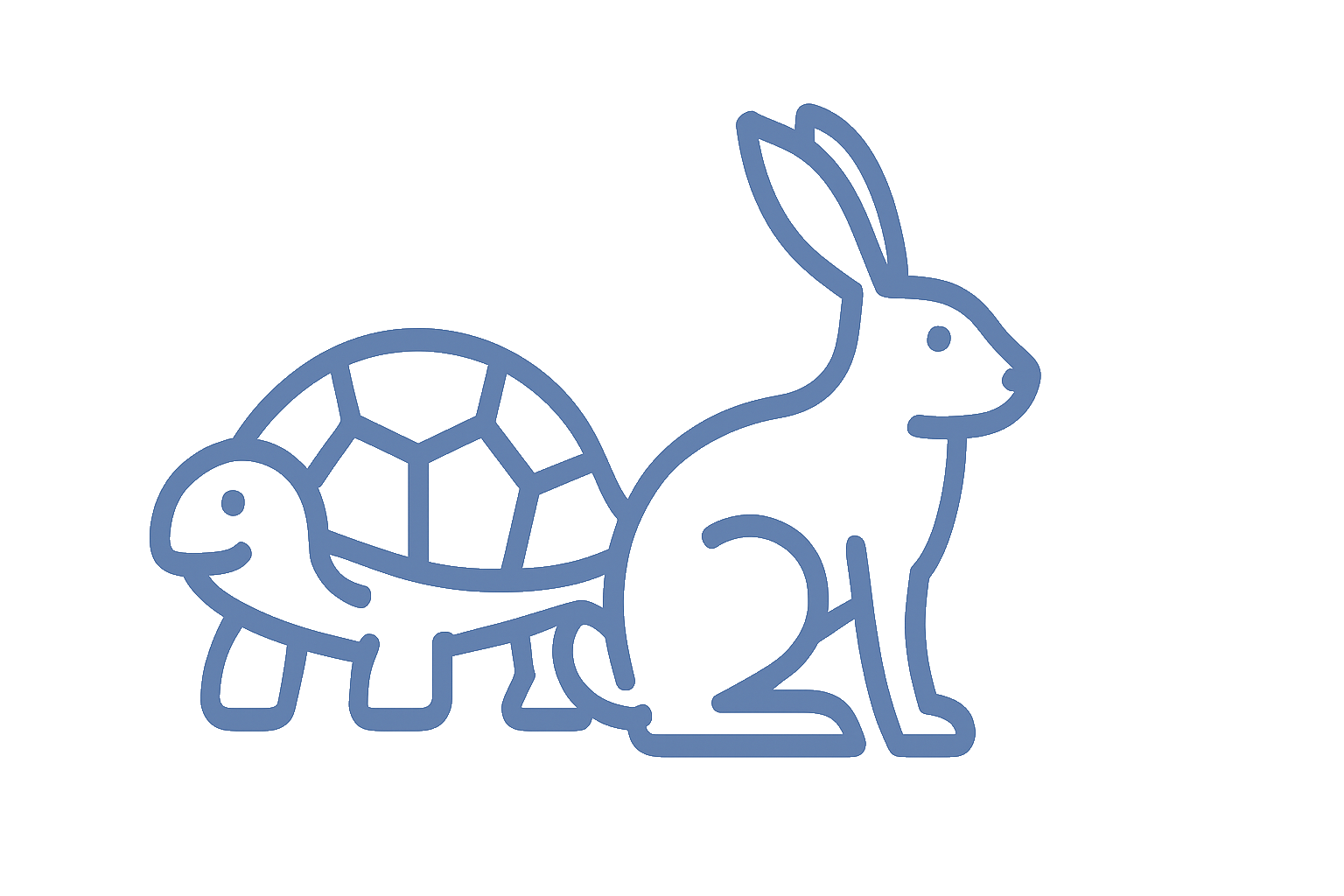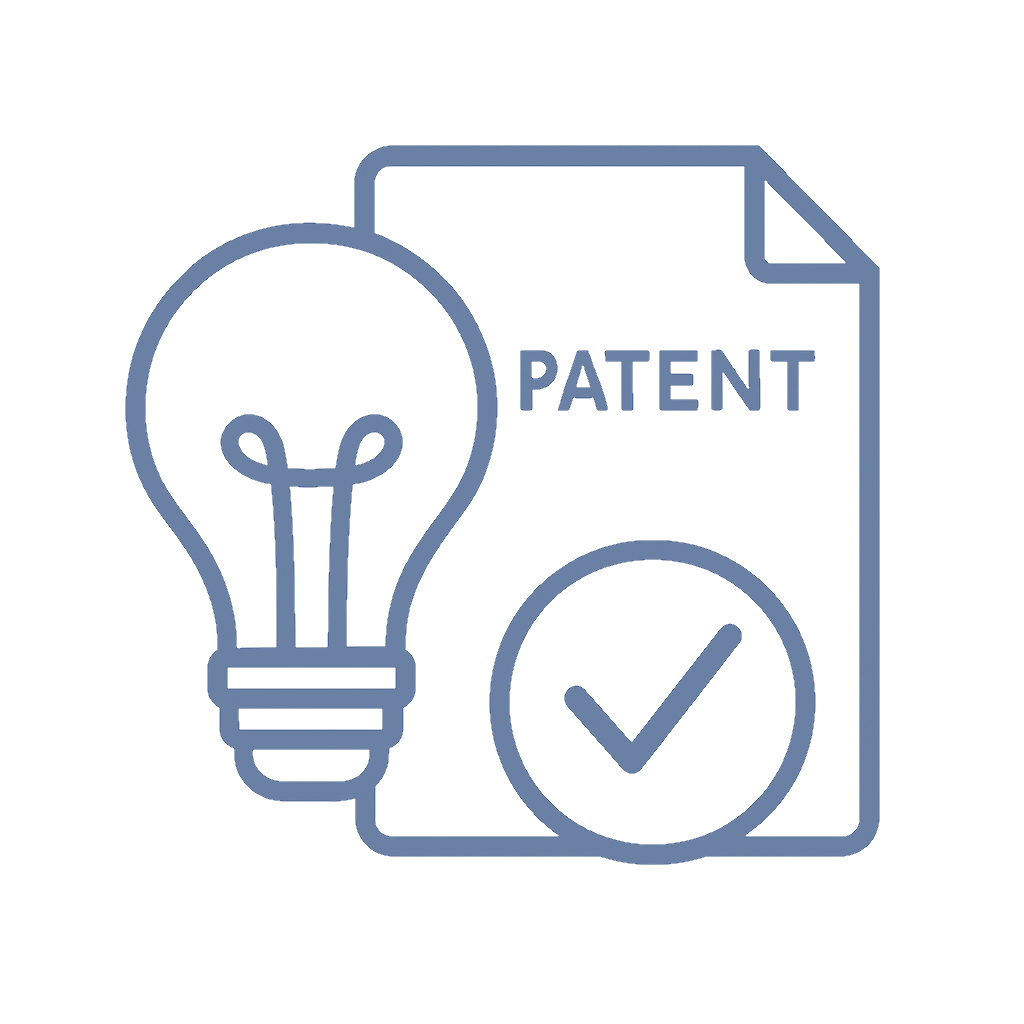📌 Quick Summary
1-Sentence Answer: Expedited patent examination, also known as Track One, offers faster review at the USPTO but comes with higher costs and strategic trade-offs.
The Article Overview: This article explores what expedited patent examination is, how the USPTO’s Track One program works, the pros and cons of choosing it, historical background, real-world business examples, risks, myths, and legal cases. By the end, you’ll know whether you should sprint with the hare or pace with the tortoise.
❓ Common Questions & Answers
Q1: What is expedited examination (Track One)?
It’s a USPTO program allowing applicants to have their patent examined faster, often within 12 months, compared to the normal multi-year process.
Q2: How much does Track One cost?
As of 2025, the USPTO charges a significant extra fee (over $4,000 for large entities), though small and micro entities pay reduced amounts.
Q3: Who should consider Track One?
Businesses needing quick patent rights for investors, licensing, or competitive edge benefit most. Hobby inventors or those on a budget often skip it.
Q4: Can all patents use Track One?
No. Track One has filing limits (no more than four independent claims or thirty total claims) and an annual cap of accepted requests.
Q5: Is faster always better?
Not necessarily. Speeding up may trigger earlier costs, risks of rejections, or force disclosure before a market is ready.

📜 Step-by-Step Guide
-
File Your Application: Prepare and submit a complete nonprovisional patent application to the USPTO.
-
Request Track One: File the petition and pay the Track One fee at the time of filing.
-
Meet Claim Limits: Ensure the application does not exceed four independent or thirty total claims.
-
Get Prioritized Status: Once accepted, the USPTO places your application on the fast-track docket.
-
Receive First Action: Expect a first office action in about 4–6 months instead of years.
-
Maintain Compliance: Avoid amendments that exceed claim limits, or you’ll lose Track One status.
📖 Historical Context
The concept of expedited patent examination emerged as global patent offices faced growing backlogs in the early 2000s. Applicants complained of waiting three to five years for a first office action, undermining innovation and investor confidence.
In 2011, the America Invents Act introduced the USPTO’s Track One program to alleviate these concerns. It allowed applicants willing to pay higher fees to leapfrog the line and receive examination within about a year. This mirrored similar fast-track programs in other countries like Japan and the UK.
Over time, Track One became a popular strategic tool, especially among startups chasing venture capital or industries like pharmaceuticals and software where speed to market is critical. Still, many businesses continue to weigh the upfront costs against the long-term benefits.
🏢 Business Competition Examples
-
Biotech Startups: A small biotech company filed under Track One to secure a patent quickly, boosting investor confidence before a funding round.
-
Tech Giants: Major software companies often use expedited examination to obtain enforceable patents ahead of product launches, preventing rivals from copying.
-
Consumer Electronics: A hardware startup filed Track One to block competitors from releasing similar devices, securing early licensing opportunities.

💬 Discussion Section
Expedited examination has transformed how companies approach patent strategy. For businesses operating in fast-moving markets, time equals competitive advantage. A patent granted in twelve months allows quicker assertion of rights, earlier licensing deals, and a stronger pitch to investors. The psychological effect of “patent pending” shifts dramatically once a patent issues, giving startups tangible proof of ownership.
Yet, the speed carries risks. For example, early prosecution may lock in claim scope before an invention’s commercial applications are fully known. This can lead to narrower patents that limit future flexibility. Traditional examination, though slower, provides breathing room to refine claims as markets evolve.
Another consideration is cost management. Track One requires not only the USPTO fee but also the attorney or solicitor time to handle rapid office actions. A normal examination may stretch costs over years, easing cash flow for small entities.
Internationally, strategies differ. In Europe, accelerated examination exists but operates under different rules. In Canada and India, programs allow acceleration under specific conditions. A multinational applicant must weigh whether U.S. acceleration aligns with global filings under the Patent Cooperation Treaty (PCT).
Ultimately, the hare-versus-tortoise analogy holds. For some, racing ahead ensures survival. For others, pacing the journey preserves resources and strategy. The right path depends on industry, funding, competition, and long-term business goals.
⚖️ The Debate
Pro-Track One (The Hare):
Supporters argue that Track One is a game-changer. Patents issue faster, giving businesses legal certainty, competitive edge, and fundraising leverage. In high-tech or pharmaceutical industries, waiting years could mean market loss. Paying extra is worth it when speed unlocks significant returns.
Against Track One (The Tortoise):
Critics say expedited examination frontloads costs and risks. Companies may secure a patent too early, locking in claims that no longer match evolving products. The added fees strain small businesses. A slower pace allows for adjustments, better global coordination, and spreading out expenses.

✅ Key Takeaways
-
Track One offers patent issuance in about a year vs. several years normally.
-
Higher costs and strict claim limits apply.
-
Best suited for industries where timing is critical.
-
Can provide investor leverage and competitive blocking rights.
-
Not always ideal for budget-conscious inventors.
⚠️ Potential Business Hazards
-
Early Lock-In: Claims may be fixed too soon, limiting future scope.
-
Cost Strain: Upfront fees and attorney time may exceed small entity budgets.
-
Annual Cap: USPTO limits the number of Track One cases accepted yearly.
-
Loss of Status: Exceeding claim limits during prosecution ends expedited status.
❌ Myths & Misconceptions
-
“Track One guarantees allowance.” False. It only guarantees faster examination, not approval.
-
“Any patent can use Track One.” False. Claim number limits apply.
-
“It’s only for big companies.” False. Small and micro entities can benefit at reduced fees.
-
“Once expedited, always expedited.” False. Certain amendments revoke Track One status.
📚 Book & Podcast Recommendations
-
Patent It Yourself by David Pressman – https://www.nolo.com/products/patent-it-yourself-paty.html
-
Burning the Ships by Marshall Phelps – https://www.amazon.com/Burning-Ships-Microsoft-Transforms-Intellectual/dp/0470373617
-
Podcast: IP Fridays – https://www.ipfridays.com/
-
Podcast: Clause 8 – https://www.iplawinsights.com/category/clause-8-podcast/
⚖️ Legal Cases
-
Cuozzo Speed Technologies v. Lee (2016) – https://supreme.justia.com/cases/federal/us/579/261/
Confirmed USPTO authority in patent procedures, highlighting how expedited cases may be subject to strict review. -
Alice Corp. v. CLS Bank (2014) – https://supreme.justia.com/cases/federal/us/573/208/
Important for software applicants considering Track One, as rapid issuance could face subject-matter eligibility challenges. -
KSR v. Teleflex (2007) – https://supreme.justia.com/cases/federal/us/550/398/
Emphasized obviousness standards, relevant for applicants using expedited review where examiner scrutiny remains high.

📣 Expert Invitation
Want to discuss whether the hare or tortoise strategy fits your patent portfolio? Join the conversation at http://inventiveunicorn.com and share your insights.
🔚 Wrap-Up Conclusion
Expedited examination (Track One) offers a faster route through the USPTO, but not without trade-offs. For some, speed delivers strategic advantages. For others, patience preserves flexibility and resources. Choosing the hare or tortoise path is less about instinct and more about aligning patent strategy with business needs.











